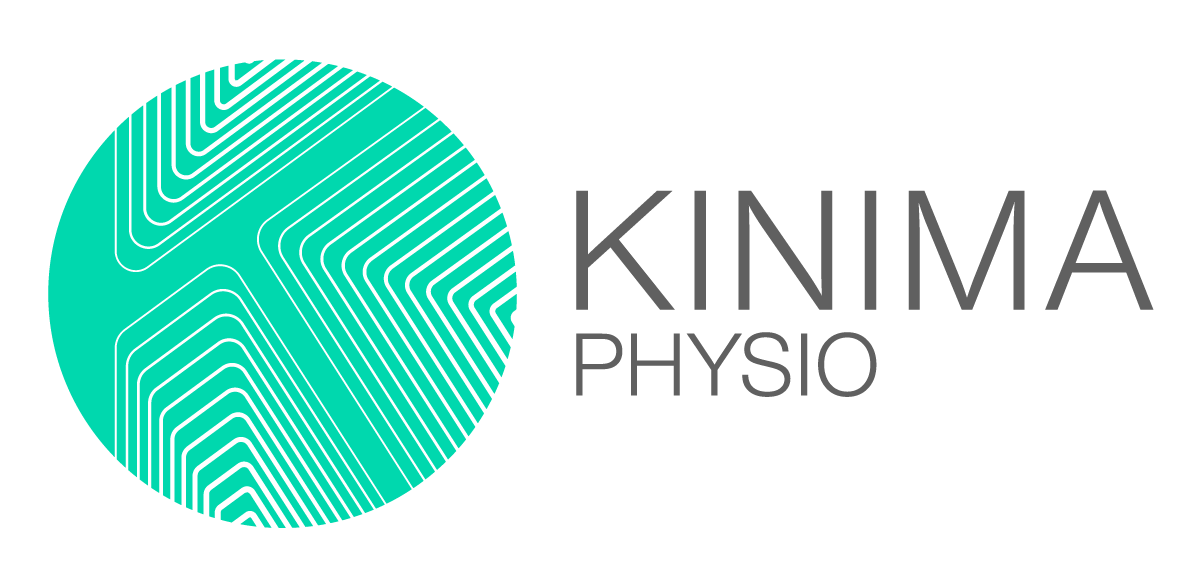The Most Common Causes of Injury: Introducing the 4 Big Rocks
When we injure ourselves, the common reaction along with frustration is to analyse ‘how’ has this happened to me. We naturally look for a singular cause of injury such as:
“I didn’t stretch enough”
“I just slept funny”
“It must be an age thing”
These explanations are far too simplistic to explain the way injuries actually occur, which are almost always multi-factorial.
We now know from the evidence, that 80% of injury is dictated by 4 categories or ‘Big Rocks’. The ‘putting the Big Rocks in the jar first’ analogy is useful as it highlights a major influence on injury and their importance in prioritising them as a prevention strategy.
The Big Rocks of Injury
Big Rock 1. Energy Availability
Energy availability includes having enough nutrition and hydration for the demands of your activity levels and general life. You may have a balanced, healthy diet but not eat enough. Or, you don’t exercise very hard and you forget to drink water or skip meals playing havoc with your metabolism. Regular refuelling may support a healthy and well-functioning system.
Big Rock 2. Head Space & Life Load
Head space & life load includes any personal life stressors and self-talk (the way you speak to yourself). Some examples of a riskier life load profile include exam time, work deadline stress, and high volume of family commitments. Other significant emotional events can also increase risk such as a split with your partner, a family bereavement, or moving house.
Big Rock 3. Training Planning & Load Management
Injury risk increases when coming back from a training break and your load is the same as before the break (relative overload). Or, you are in a normal training period, feeling good so do a few more reps or extra distance, deviating from the program and having a load spike. Another way of having a load spike would be to have too many higher intensity sessions too close together without a relative recovery or wind down period.
Big Rock 4. Recovery & Sleep
Sleep is when your mind and body rest and regenerates so it is vitally important to being at your best. Sleep is generally impacted the most when your life load is high, but it can also be disrupted by having a poor evening routine such as training too close to bed time, falling asleep in front of the TV, or scrolling on social media in bed. Going through periods when you are more time poor will likely see a sub-optimal pattern of recovery.
The other 20% of risks to injury are your Individual Mechanistic Factors which include anatomy, biomechanics, and genetic physical capacities. It is a lot harder for the individual mechanistic factors to be changed or altered so it is more important to aware of the Big Rocks and how you can positively influence them to minimise injury risk.
What to learn some simple and clear take home strategies for managing and decreasing the risks of injury? Click the button below.
References:
Doherty R, Madigan S, Warrington G, Ellis J. Sleep and Nutrition Interactions: Implications for Athletes. Nutrients. 2019 Apr 11.
Fisher H et al. 2020. An Interdiscplinary Examination of Stress and Injury Occurrence in Athletes. Sports Act. Living. 2020 Dec 14.
Close et al. 2019. Nutrition for the Prevention and Treatment of Injuries in Track and Field Athletes. International Journal of Sport Nutrition and Exercise Metabolism, 29(2), 189-197


